The 21 best club crests in football
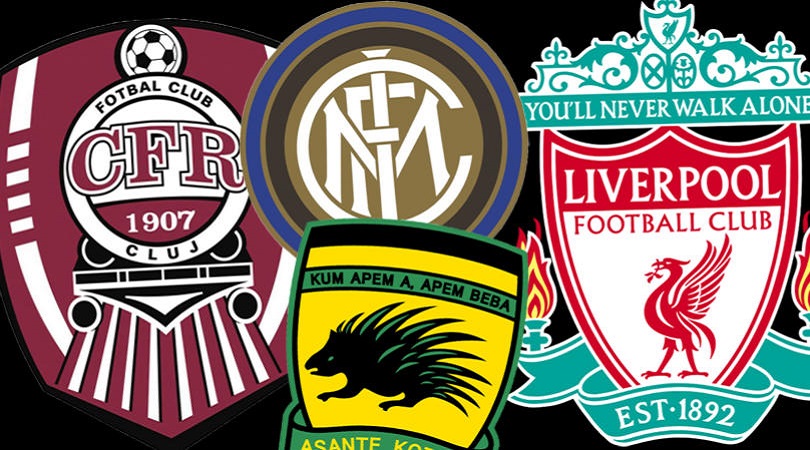
Best badges in the world
Club crests are funny things. As football fans, we see them on a regular basis and can usually match badge to team with relative ease, but it’s rare that we actually sit down and take a close look at the logos adorned by the sides we’re familiar with.
It’s time for that to change – we’ve scoured the globe so you don’t have to and picked our definitive list of the best badges on the planet.
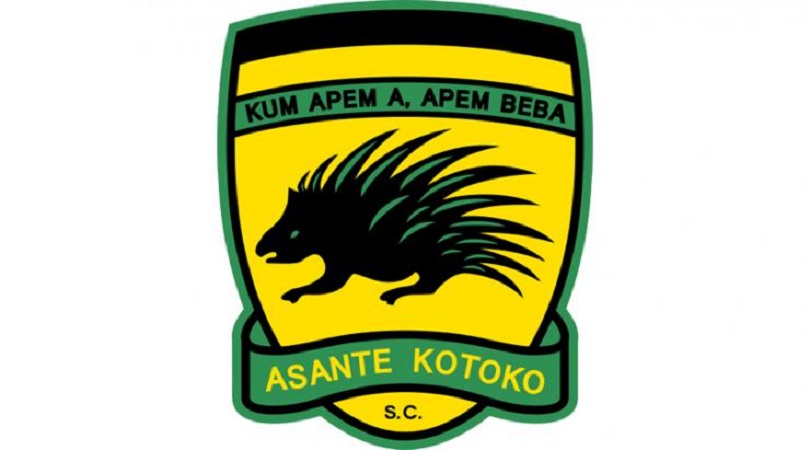
21. Asante Kotoko
There’s often only one way to start galleries like this: with an evil porcupine.
Ghana’s Asante Kotoko were named Africa’s Club of the Century in 2000 by the IFFHS (International Federation of Football History and Statistics), ostensibly based on results. But we know the real reason: that porcupine struck terror into IFFHS’s cold, mathematical hearts. After all, the club’s motto means, ‘Kill a thousand and a thousand more will come’ – enough to make even Roy Keane feel a little uncomfortable.
Kotoko also have an unofficial nickname which has previously resulted in the proposed building of a Fabulous Arena, and their women’s team being called Fabulous Ladies of Asante Kotoko.
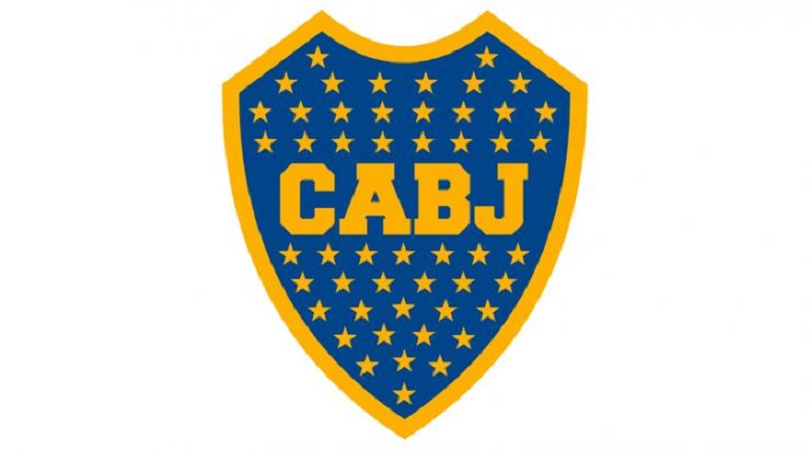
20. Boca Juniors
In the 1970s, Boca decided to add a new star to their crest every time they won a title. It was a nice idea and an appropriate way to honour the club’s past achievements, but perhaps it would have been best with a slightly different ratio of stars-to-trophies – in a couple of decades’ time, Boca’s badge could be the size of the entire shirt.
Fifty-two currently fill the logo, alongside bold, yellow initials ‘CABJ’ - Club Atlético Boca Juniors. It certainly looks good.
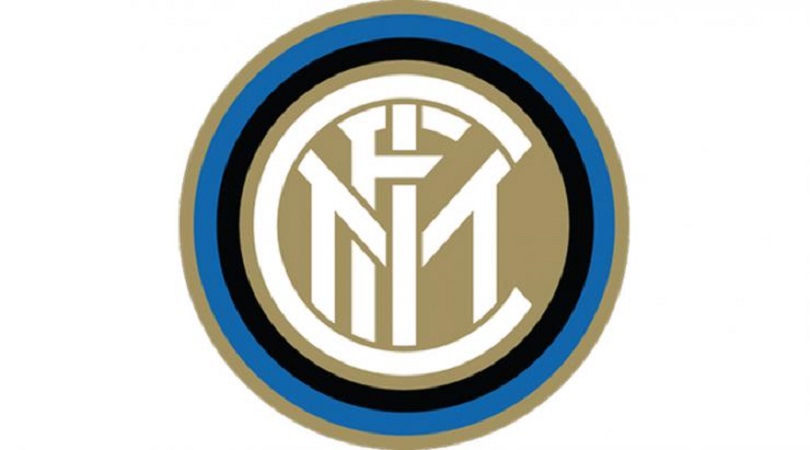
19. Inter
A club with three European Cups and 18 domestic titles to its name needs a classic crest. Inter’s is exactly that; this design is timeless and the blue-and-black rings emphasise the outfit’s traditional colours.
Inside ever-decreasing circles sit the letters I, M, F and C in an Escher-like arrangement. Which letter’s on top? Which is bottom? Who knows? Whereas other clubs’ attempts at a similar design can create a clustered mess, intricate Inter have got their design just right.
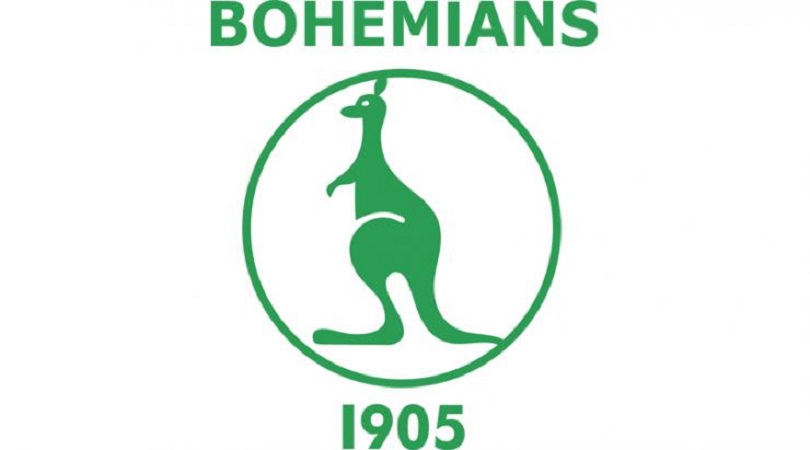
18. Bohemians 1905
Moving from the sublime to the ridiculous, the complex to the simple, Milan to Prague, this is the intriguing logo sported by Czech top-flight outfit Bohemians 1905. It’s a kangaroo. In central Europe. We agree with the crest, though: the less explanation, the better.
All right, fine: the club adopted the nickname after a 1927 tour of Australia ended with Bohemians being given two kangaroos. We’re not sure what happened to the other one, who must still be jealous that he or she never made it onto the badge.
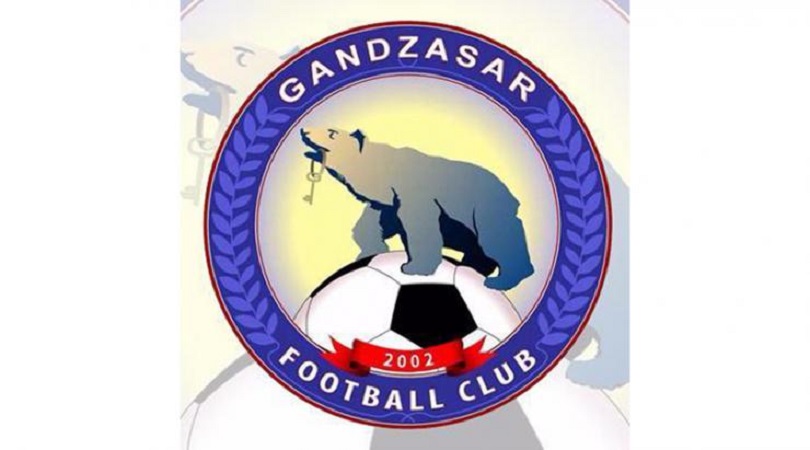
17. Gandzasar Kapan
Few crests are more epic than this effort from the Armenian Premier League (we leave no stone unturned here at FFT).
A bear clutching a key atop a retro football resembling a planet is truly stirring stuff, even if it provides many more questions than answers. A little background information certainly helps: ‘Gandzasar’ means ‘Treasure Mountain’ and the club’s nickname is The Bears due to the presence of several broad-headed carnivorous mammals in the area. So now you know.
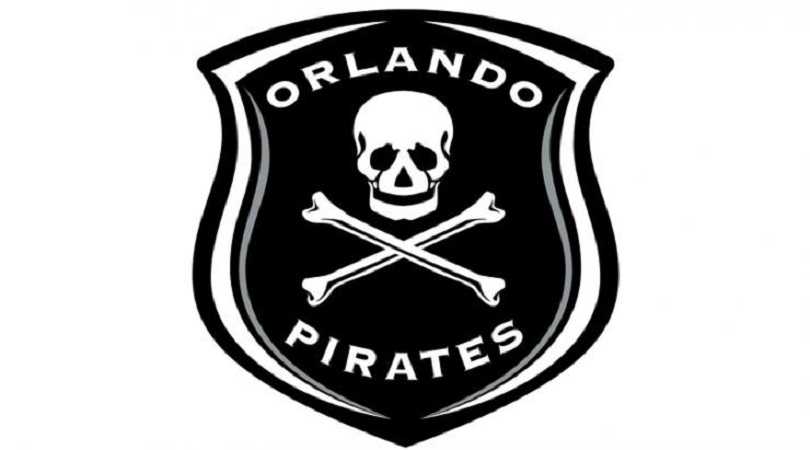
16. Orlando Pirates
Where St Pauli talk the talk, Orlando Pirates walk the walk. The South African giants’ crest has a skull ’n’ crossbones that wouldn’t look out of place on a Motörhead LP, having thankfully run with the most well-known of their many nicknames, rather than the somewhat less intimidating ‘Happy People’.
The combination of black and white adds to the menacing look, while it’s pleasing that the Pirates have resisted the urge to add anything else to this crest and consequently lessen the impact of the scary centrepiece.
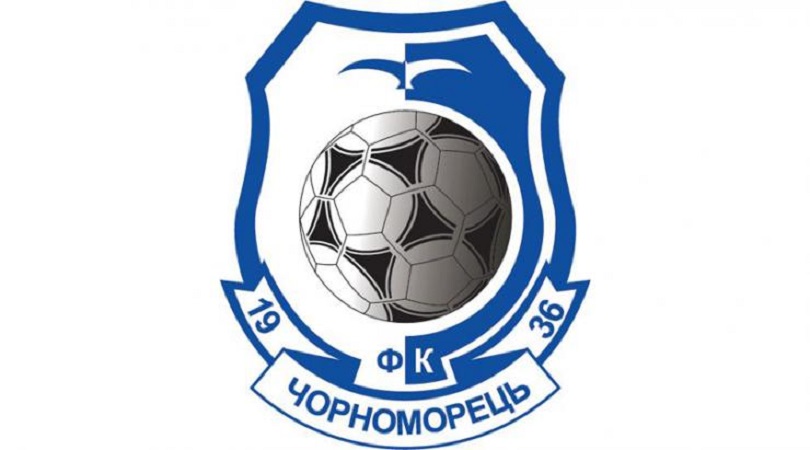
15. Chornomorets Odesa
We like this badge for one reason and one reason only: the Adidas Tango. While every other club badge in the world features the tried and tested models – your classic leather football with volleyball-esque lines, or a ‘modern’ white-with-black-polygons design that hasn’t seen action since the ’70s – Chernomorets elect for the greatest ball ever created in sport.
In truth, the rest of the badge isn’t up to match and there’s little interaction between the ball and the rest of the design. Still, it’s the Adidas Tango for goodness’ sake.
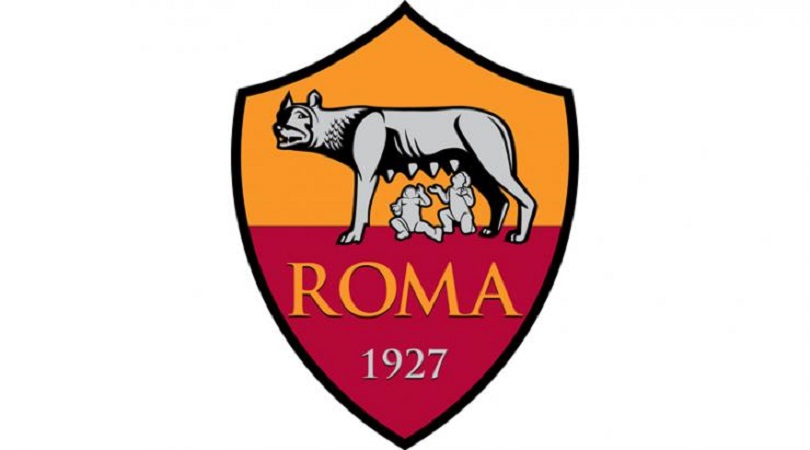
14. Roma
This famous crest has everything: originality, history, wolf tits… even the shield’s shape and colour are perfect. There’s only one problem: the wolf’s expression.
Rome’s story tells of an animal-rearing Romulus (who created the city) and Remus (who didn’t) – it doesn’t mention an apparently excruciating breastfeeding encounter, made 10 times more awkward by the artist walking in at precisely the wrong moment. Still, the old girl is balancing well for a wolf with three legs.
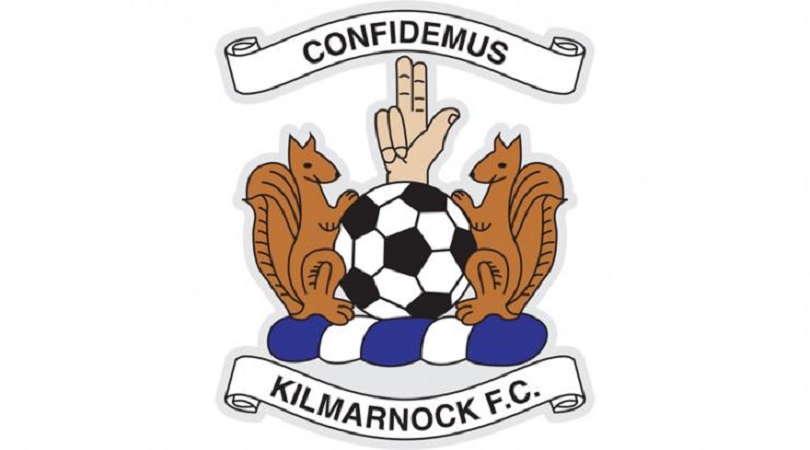
13. Kilmarnock
Finger pistols, Latin, a pair of friendly squirrels – what’s not to like? Critics may rail against the lack of cohesion and self-restraint, but at least this badge keeps us entertained. ‘Confidemus’ translates as ‘we trust’ – and we certainly have faith in whoever adopted this crest in 1993.
The decision to change badges wasn’t entirely Killie’s own, however. The Lord Lyon King of Arms (look it up) declared the Scots’ previous logo in breach of ancient heraldic laws and forced them to come up with a new design, pronto. What a spoilsport.
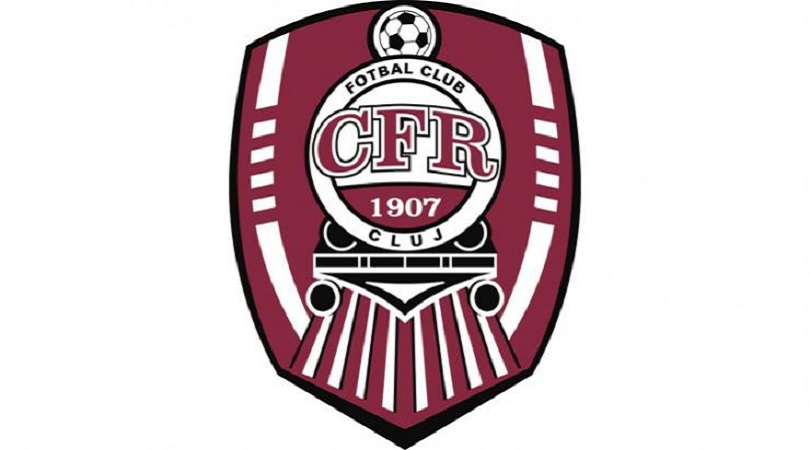
12. CFR Cluj
It’s coming right at us! The story goes that in the first-ever film screening, Train Pulling Into A Station, audiences panicked and fled, thinking said train would hit them. The story isn’t true – it wasn’t even the first film screening – but at least Cluj are keeping the legend alive.
Based in the province of Romania that once provided a home to Count Dracula, Transylvania-based Cluj have supposedly shunned the nocturnal vampire yet adopted a blood-like colour on both their badge and kit. Coincidence? We think not.
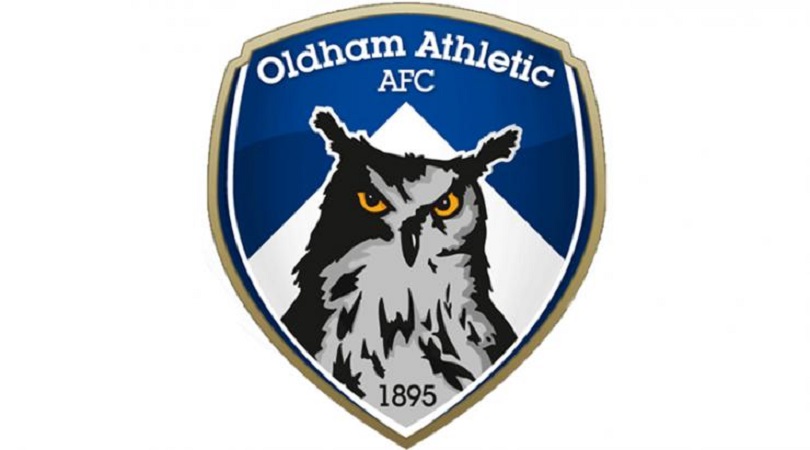
11. Oldham Athletic
“Oi. You lookin’ at my bird?”
We can’t help but laugh at Oldham’s owl, who looks rather unimpressed as it glares back at you with its piercing orange-and-black eyes. But why an owl for the Latics, we hear you cry? It all dates back to Oldham’s coat of arms, which features three examples of the nocturnal bird of prey as a pun on ‘Owldham’. Prepare to impress your mates down the pub with that golden piece of trivia.
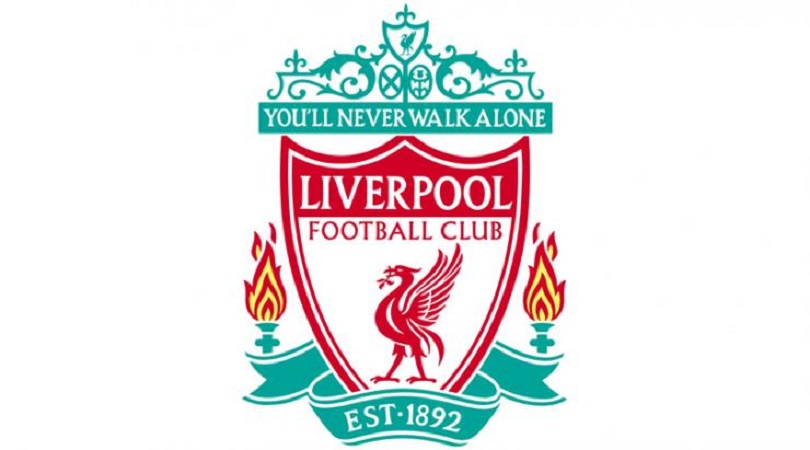
10. Liverpool
The famous Liverpool badge teeters on being overdone: with the Shankly Gates, two liver birds, the club’s full name, its founding date and You’ll Never Walk Alone, there’s an awful lot going on.
However, it all ties together well, and the finished article is memorable precisely because of its many ingredients. The finest touch comes in the twin flames, iconic yet understated; a newcomer wouldn’t know they’re a tribute to Hillsborough victims.
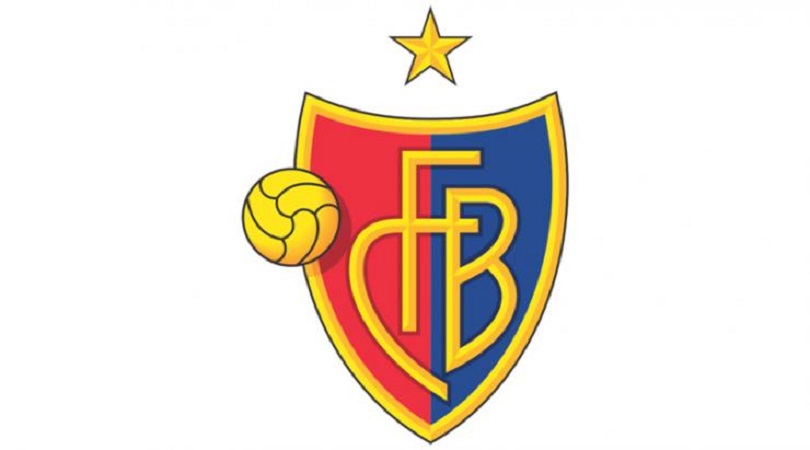
9. Basel
There’s nothing revolutionary about Basel’s offering; it’s all about doing a simple job well. Its colour matching, clear lettering and subtle variation on the Swiss heraldic escutcheon shape all look exquisite.
Best of all is the ball, positioned to look as if it’s orbiting the club’s crest. Either that or they forgot to include it and were forced to hurry back and slap it down wherever they could find a space.
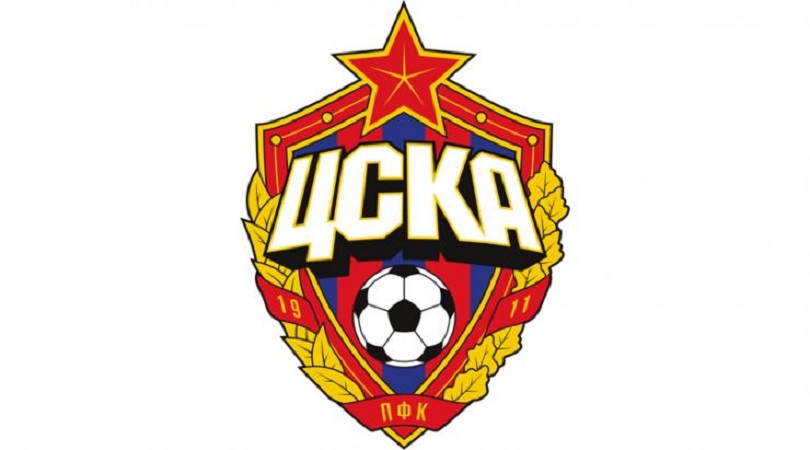
8. CSKA Moscow
We’re 95 per cent sure this is the cover of an album by The Beta Band. CSKA’s emblem is bloody brilliant, though, even if prolonged exposure to it can turn you communist – just as the former Soviet Army team probably intended.
It’s certainly bold and striking, although CSKA lose a few marks for falling into the trap of reproducing a dull, generic football below the club’s initials. We might not tell them that, though.
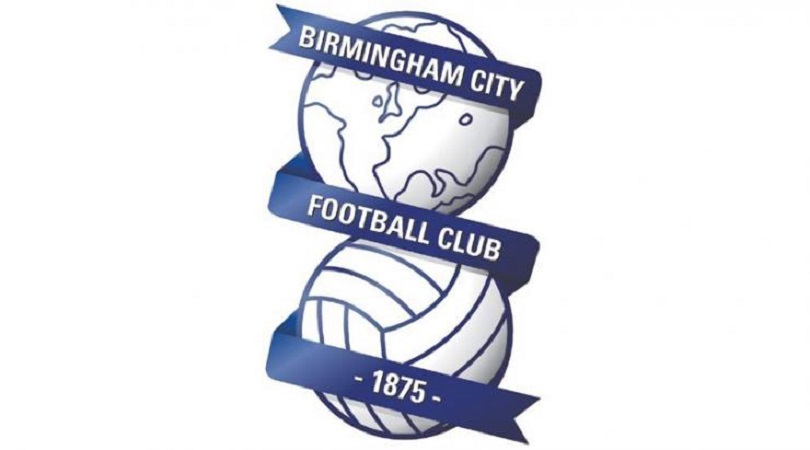
7. Birmingham City
It’s a nice bonus when a club crest is instantly recognisable from its outline, as Manchester United or Tottenham Hotspur will tell you.
Birmingham's symbol has changed a couple of times over the years, but this ball-and-globe design has remained, primarily because it’s a classic. All the info is there and well presented – it’s just a pity the map is so shoddily represented.
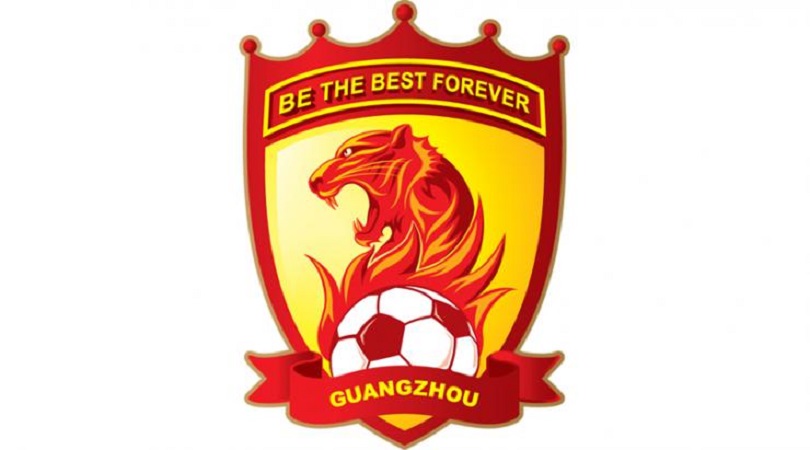
6. Guangzhou Evergrande
Clubs have different ambitions, but even followers of Manchester United, Real Madrid and Bayern Munich accept their team may lose a game of football now and again. Not Guangzhou, whose badge loudly demands the Chinese Super League side ‘BE THE BEST FOREVER’.
Perhaps it’s not actually as unreasonable as it sounds: the Southern China Tigers wrapped up their seventh successive league title in October 2017, with the likes of Ricardo Goulart, Alan Carvalho and Paulinho (at least until his mid-season switch to Barcelona) no doubt inspired by the crest’s bold message. Aside from the wording, this logo scoops additional marks for its combination of colours and fierce-looking mascot.
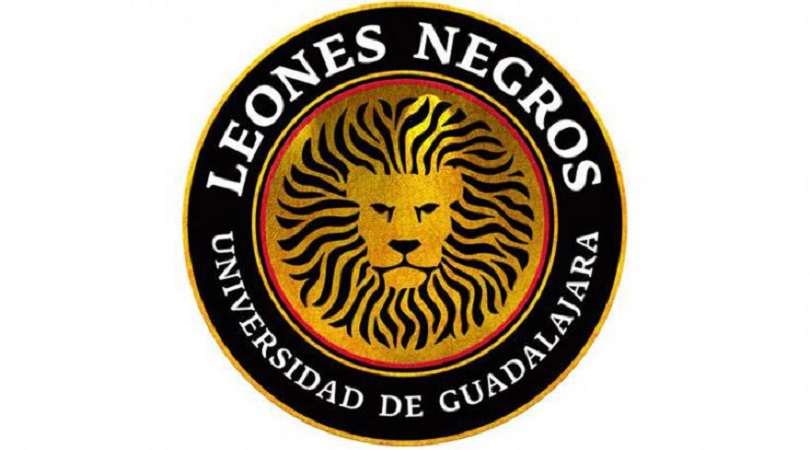
5. Universidad de Guadalajara
With all due respect to The Hairy Ones (that’s their real nickname), this badge deserves better than the Mexican second tier. In fact, any other club calling themselves The Lions, from Aston Villa to Sporting, should feel ashamed in its presence.
Leones Negros means ‘Black Lions’, of course, although you could easily mistake this image for a very angry sun. It makes for a better emblem than yet another nickname of theirs would: The Academics. Students, huh? Maybe that’s why they’re called The Hairy Ones.
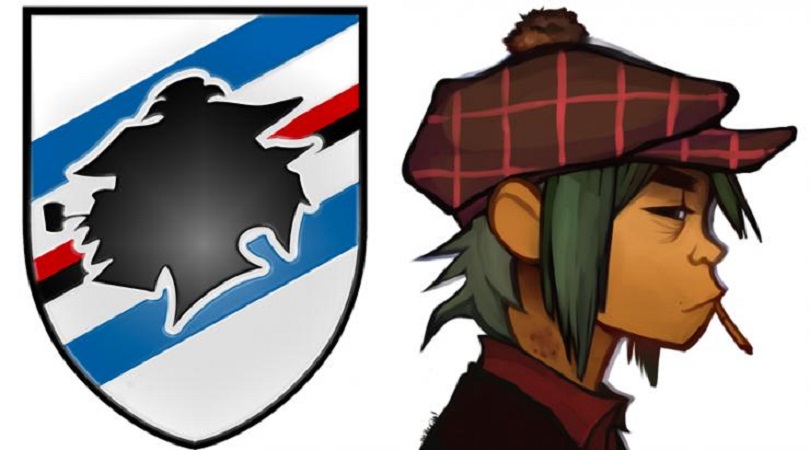
4. Sampdoria
At FFT we adore this crest, in spite of – or because of – the silhouette depicting a pipe-smoking schnauzer wearing a Scotch bonnet. Baciccia (for ’tis his name) is a ‘wolf of the sea’, befitting Genoa’s status as Italy’s main port city. Sampdoria have long been established as one of Europe’s most stylish outfits, and this logo – which features a diagonal sash rather than the kit’s horizontal one – is entirely in keeping with that reputation.
Also, credit to the person who realised Baciccia looks most like 2D from Gorillaz. Once you’ve seen it, you can’t unsee it.
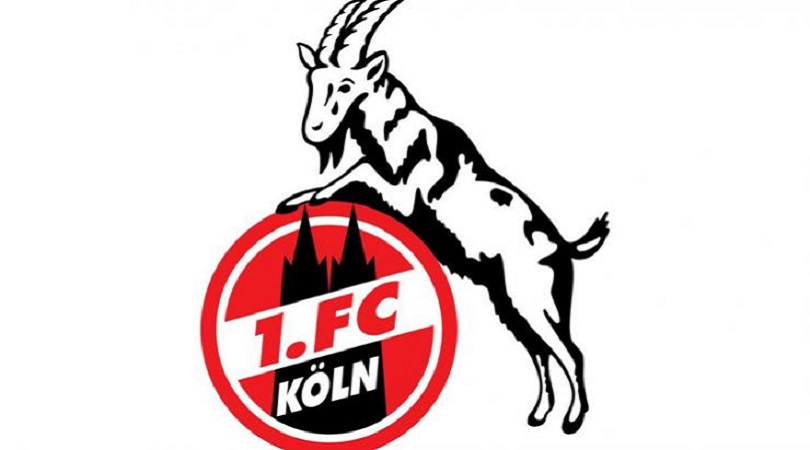
3. FC Köln
Köln’s crest is so glorious, so metal, its existence reflects badly on other German teams. The original Hennes the Billy Goat was not, in fact, taller than Dracula’s castle (it’s actually Cologne cathedral).
It was, however, a gift to the club from the wife of an English circus owner. Y’know, like most club mascots. And, like most club mascots, the goat immediately urinated all over coach Hennes Weisweiler. Hence the name, hence the badge. Lovely.

2. Lampang FC
Sometimes you have to take your hat off to another club and accept that your club’s crest can’t match one belonging to a semi-professional team in the Thai second tier. This is one of those times.
Ignore that The Emerald Chariots have drawn a black chariot on an emerald background. It’s still a goddamn chariot, and its driver demands respect for managing to get his horse rampaging uphill while controlling a gigantic football. Kudos, Lampang chariot man. Kudos.
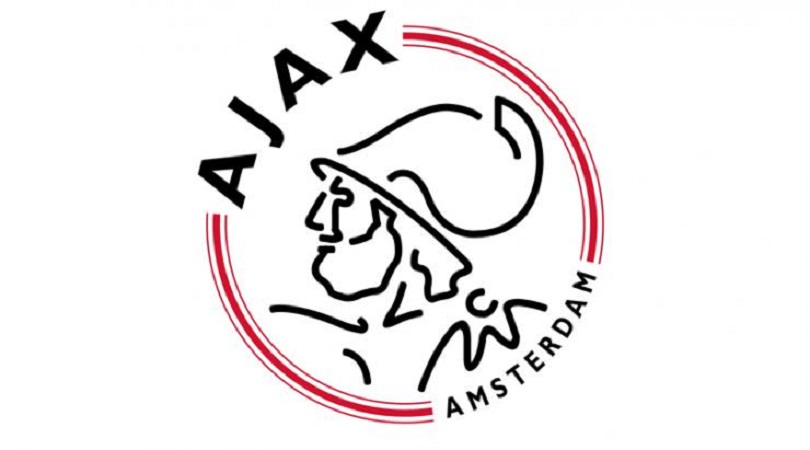
1. Ajax
Elaborate club crests can often be a bit naff. When too much thought goes into a design, its true purpose can go out of the window, replaced by mixed metaphors and PR speak. “The red hue represents ambition”, does it? Or has the club just always worn red?
Anyway, Ajax’s crest isn’t like that. In 1928 the Dutch side made Greek hero Ajax their symbol, having presumably decided nobody would recognise Agamemnon. A slightly weird life drawing ran for 60-odd years, until a bright spark had the idea to turn the warrior’s likeness into abstract art.
The result is an intriguing, intricate outline of Ajax, made up of 11 lines to represent the 11 players in a team. It could easily be pretentious – yet it isn’t. You can appreciate it just as much without knowing or noticing that element. Hats off.

Greg Lea is a freelance football journalist who's filled in wherever FourFourTwo needs him since 2014. He became a Crystal Palace fan after watching a 1-0 loss to Port Vale in 1998, and once got on the scoresheet in a primary school game against Wilfried Zaha's Whitehorse Manor (an own goal in an 8-0 defeat).
